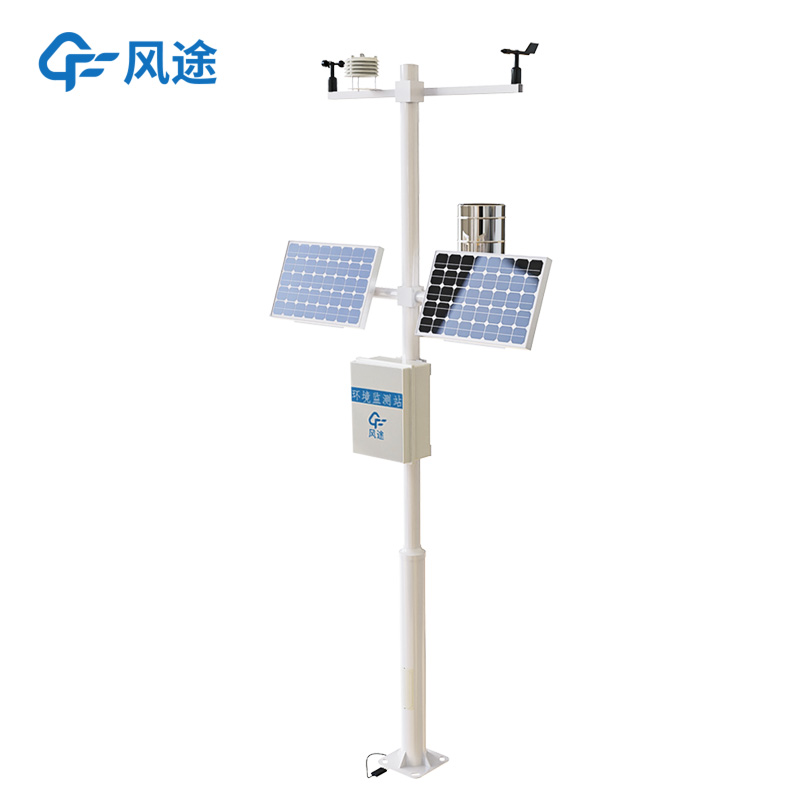In traditional agriculture, “relying on the weather for food” was often regarded as a helpless measure. However, in the current era of vigorous development of science and technology, it contains a different kind of great wisdom.
Taking wheat planting as an example, in the past, farmers could only roughly judge when to sow, irrigate and harvest by relying on experience and naked-eye observation of the sky. As a result, they were often limited by the uncertainty of the weather, and the harvests were sometimes good and sometimes bad. Nowadays, the emergence of Agricultural Weather Stations has injected technological vitality into “relying on the weather for food”. It can go deep into the fields and accurately monitor meteorological changes in mountain farmlands and remote planting bases. With a high degree of automation, it can continuously collect data such as temperature, humidity, air pressure, wind speed and wind direction, enabling farmers to bid farewell to blind guessing. By mastering real-time meteorological information, farmers can know about rainfall, temperature drops and other situations in advance and reasonably arrange various farming activities during the wheat growth cycle.
Moreover, when the weather stations quickly transmit data to the terminals, the decisions made by farmers based on this information are also more scientific. Before sowing, if it is monitored that there will be suitable precipitation in the near future, there is no need to rush to irrigate, saving water resources. If a cold wave warning is received, farmers can take precautions to keep the wheat warm in advance and reduce the losses caused by freezing. This kind of “relying on the weather for food” is no longer passive waiting, but actively conforming to the climate and cleverly using meteorological laws.
Furthermore, from a macroscopic perspective, agricultural departments in various regions integrate the data of weather stations and, combined with big data analysis, can also provide a basis for regional agricultural planning and layout. Drought-tolerant crops are planted in areas with less rainfall, and moisture-loving crops are arranged in areas with abundant precipitation, maximizing the benefits of agricultural production. The great wisdom of “relying on the weather for food” lies in leveraging modern technology to deeply explore the value of meteorology, transforming agricultural production from “relying on the sky for food” to “advancing hand in hand” with the sky and developing smart agriculture.

Article address:https://www.sqqx.net/en/news/516.html

 +86 15898932201
+86 15898932201



